Pocket Manual Of Homoeopathic Materia Medica & Repertory
| Author: |
William Boericke |
| ISBN: | 9788131901281 |
| Imprint: | B.Jain Low Priced |
1116
Hard Cover
English
Pocket Manual ofHomoeopathic Materia Medica & Repertory
The most valuable contribution of Dr William Boericke ...Read More
Pocket Manual ofHomoeopathic Materia Medica & Repertory
The most valuable contribution of Dr William Boericke to the field of Homeopathy, this book is the most authoritative work on Homeopathic Materia Medica. Alongside the characteristic symptoms of more than 2000 homoeopathic remedies, the book enlists less common symptoms, modalities, and a broad overview of the sphere of action aiding in quick individualization and selection of the right curative remedy.
The pocket manual, justifying its name, is presented in compact and concise form with a handy and easy to use bedside clinical repertory portion authored by Dr. Oscar Boericke. The book is available in English, Hindi, Urdu, Gujarati, Oriya and Spanish.
KEY FEATURES
Available in multilingual forms- English, Hindi, Urdu, Gujarati, Oriya and Spanish.
A compact, handy and easy to use materia medica comprising more than 2000 remedies, each described thoroughly with sphere of action, characteristic and common symptoms and general modalities
Each remedy fortified with its common name, kinship and dose recommendation by the author
An easy to use clinical repertory part and therapeutic index added as a separate section in the book
A separate section on Indian drugs, each with their common names, prover, natural order, clinical applicability and potency of choice
A separate section on relationship of remedies by Dr Gibson Miller and sides affinity of each drug from Dr Boenninghausen’s Lesser Writings allows for easy prescription making
A detailed chapter on Essentials of Rare and Uncommon Remedies reproduced from ‘Regionals of Boericke’- 1991 edition is an added bonus.
A list of remedies with their Latin names and a list of remedies with their common names given in the end as an appendices make the book a masterpiece for homeopathy students.
| Pages | 1116 |
|---|---|
| Format | Hard Cover |
| Imprint | B.Jain Low Priced |
| Language | English |
Add a Review
Your email address will not be published. Required fields are marked *
William Boericke
William Boericke was born on October 25, 1849 in Austria. He graduated from the Philadelphia Medical College in 1876 and from Hahnemann Medical College in Philadelphia in 1880. Moving to San Francisco he practiced as a homeopath for over fifty years. He was editor of the California Homoeopath and co-founder of the Pacific Homoeopathic Medical College and Hahnemann Hospital in 1881 where Boericke became the first professor of Homoeopathic Materia Medica and Therapeutics, a post he held for... Read More
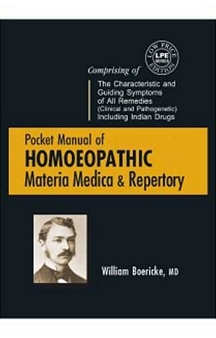


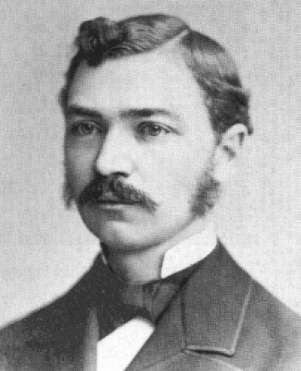
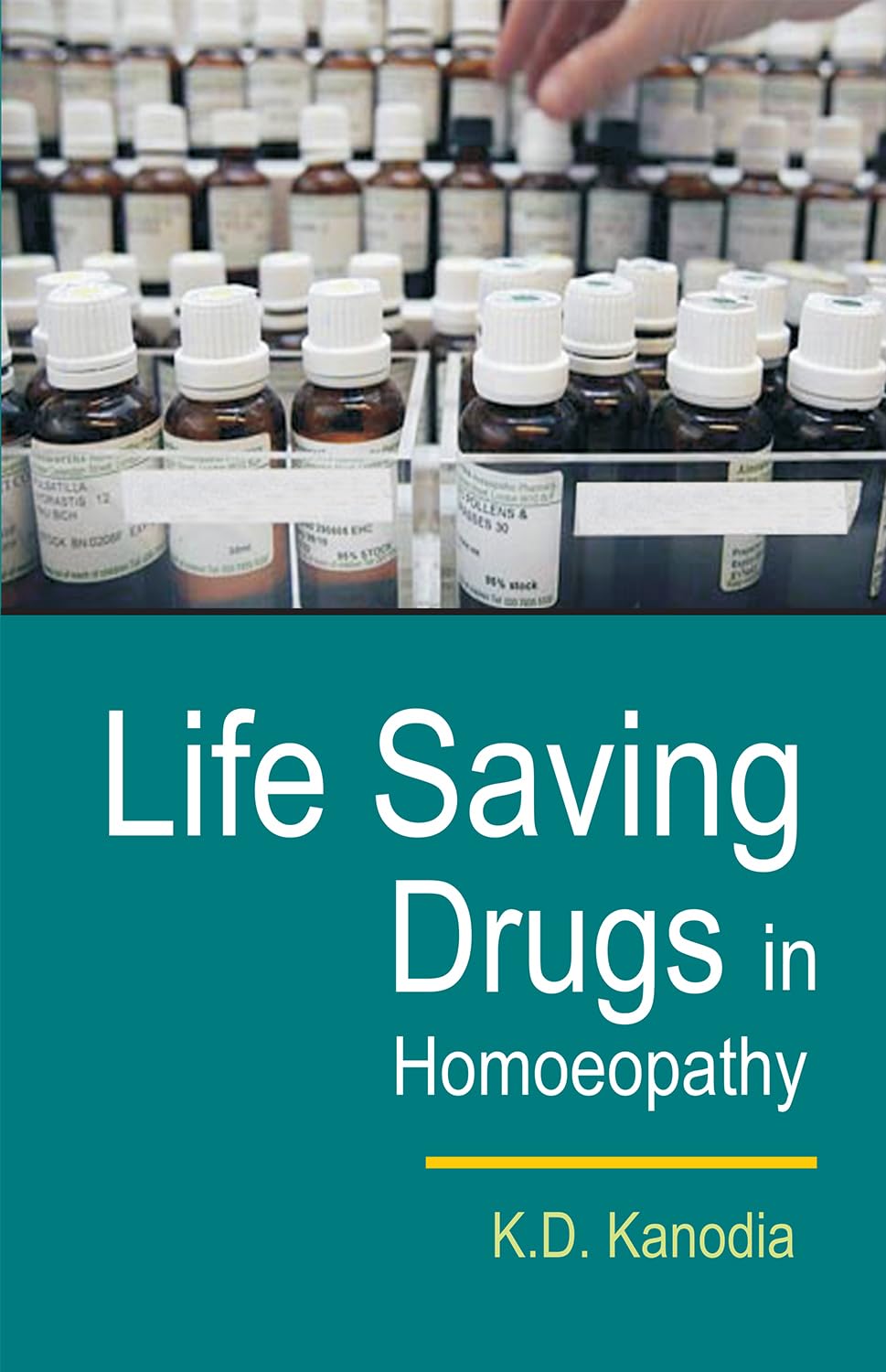
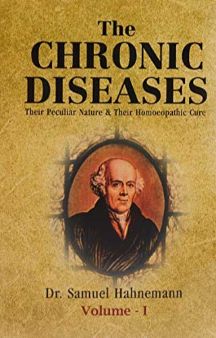


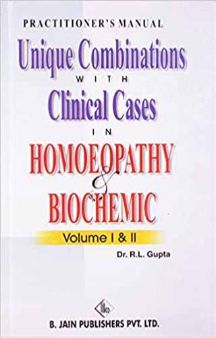
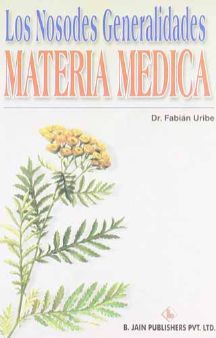


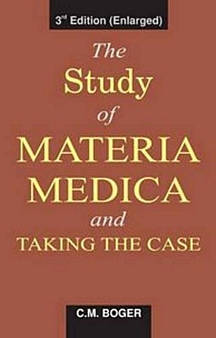
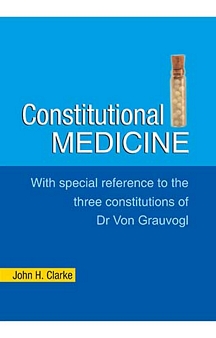
Dr Anum Zaheer
William Boericke was born on 25 October 1849 in Austria. He graduated from the Philadelphia Medical College in 1876 and from Hahnemann Medical College in Philadelphia in 1880. Moving to San Francisco he practiced as a homeopath for over fifty years. He was also a member of faculty of the Hahnemann Medical College in San Francisco. In 1901 he authored Boericke's Materia Medica. Construction Philosophical Background: not based on any philosophy Book consist of 3 parts ● First part- materia medica ● Second part - repertory - his repertory has 290 pages of information, which is classified under 25 chapters. ● Third part - miscellaneous including index to repertory only in 9th edition, therapeutic index, list of common names of remedies, list of pharmaceutical & latin name of remedies , 50 homoeopathic drugs , relationship of remedies by Gibson miller & sides of the body from boenninghausens lesser writings, drug affinities, essential of rare & uncommon remedies Gradation - The book contains 2 gradations - first grade in italics most verified 2 marks & second grades in ordinary roman 1 mark Arrangement ● The chapters in the repertory section of this book have been rearranged to minimize confusion while maintaining the same rhythm and following Kent’s Repertory. The definition of each term and the corresponding page numbers have been added to the index of the repertory, making it more comprehensive and user-friendly. ● The Boericke Repertory resembles the Kent rather than the Boenninghausen but Boericke has reclassified some of the anatomical sections. For instance, vertigo appears under HEAD; sinuses are grouped together under NOSE; lips are under MOUTH instead of FACE ● Repertory is arranged in Hahnemann schema from mind to generalities, heading & sub heading arranged in alphabetical order ● The last section is MODALITIES, first aggravations and then ameliorations, and time under these appears in alphabetical order under morning, night, periodicity, etc., instead of altogether at the beginning of the section as in Kent. ● Rubrics are arranged in alphabetically manner & mostly follows sub rubrics in cause, type, location, character of pain, concomitant & modality ● In chapter Generalities rubrics like obesity in childhood, chronic disease to begin treatment, sunstroke, complaints Number of remedies- 1409 ● To give the reader a head start in his quest to explore the vast sphere of knowledge that this edition is going to provide, an Index of the Drugs, with both common and Latin names, has been introduced in the beginning of this book under Contents along with the proper listing of all the Chapters. ● index shows 1414- 5 remedies reappears e.g. cimicifuga & actea racemosa ● remedies in italics are mostly verifies Boericke materia medica contains many new & unproven remedies Application Dr. J. Crompton Burnett says, “The fact is, we need any and every way of finding the right remedy, the simple simile, the simple symptomatic similimum and the furthest reach of all- the pathological similimum, and I maintain that we are still well within the lines of homoeopathy that is expansive, progressive science.” ● The clinical school of philosophy is operating in the case where a diagnosis can be made, and there are several expressions which help to individualize that diagnosis ● For one-sided diseases ● Cases with clinical diagnosis ● Cases When definite cause is known ● To prescribe on the basis of pathological generals ● For the prescription of toxicological effect ● For the prescription of a prophylactic remedy ● For the prescription based on suppressed effects. ● For acute cases ● Nosological diagnosis ● Concomitants given separately, so useful ● In some chapters, Sensation under separate heading ● For Pathological General prescription ● Index or Repertory given is useful ● Because of 2 types of typography used to indicate the intensity of remedies, it is more practical for reference work and repertorization. ● Index to repertory facilitates the search of a needed rubric to a great extent. ● Rubric related to toxic effects of drugs are given in Generalities under the rubric Complaints – abuse of ● Many clinical rubrics are in this repertory – Bubonic plague, Addison’s disease. ● Cross references are given at various chapters Boericke can be used where pathology or diagnosis is clear, cause is indicated, cases rich in concomitants, modalities well marked, mind symptoms may or may not be present J. H. Clarke says, “Certain diseases come to have certain remedies assigned to them and all patients who are found to be suffering from any given disease must be dosed with one of the remedies credited to it.” Dr.Hering said that he used disease designations not for the purpose of recommending the particular remedy for that disease, but to show the great variety of remedies that may be used for any form of disease when otherwise indicated. For the same reason Dr.Boericke has included nosological terms in the symptomatology and Therapeutic Index Carrying Boericke’s Work Forward Dr.Vithoulkas has further expanded the clinical utility of certain drugs mentioned in Boericke’s Materia Medica. One such fine example is that of ‘Ambrosia artimisiaefolia’ Boericke wrote - A remedy for hay-fever, lachrymation and intolerable itching of the eye-lids. Watery coryza; sneezing; watery discharge. Stuffed up feeling of nose and head. Compare in hay-fever: Sabadilla, Wyethia; Succin. ac.; Ars. jod.; Arundo. Vithoulaks writes - Ambrosia belongs to a group of remedies including Aralia, Allium cepa, Arundo, Ars-iod, Dulcamara, Sabadilla, Wyethia etc. which are almost specifics for hay fever. What characterises this remedy in hay fever, apart from the common symptoms of such a disease, is an intolerable itching on the eyelids and a feeling as if the whole respiratory tract and the head were stuffed up, blocked. The patient is very sensitive to all kinds of pollen, especially from roses, with an aggravation period that starts around July and has its peak in mid August. This remedy should be thought of in cases where Dulcamara, Sabadilla, Wyethia, Aralia, Arundo or Ars-iod were prescribed and failed, especially in cases of hay fever that start with catarrh and end with with asthma. Hay fever with watery catarrh, with sneezing, lacrimation and intolerable itching of the eyelids. Diarrhea especially in summer months in patients with dyspnoea or hay fever, allergic patients for whom Dulcamara has failed. Conclusion Along with other less significant symptoms that help in the selection of the curative remedy, the book includes the well-known, verified characteristic symptoms of all our medicines. The school’s published clinical experience has been updated to include all the new medications and necessities. It has the most trustworthy materia medica facts possible packed into the smallest amount of space in its current compact form. It supplements every other work on Materia Medica, and if used as a ready reminder of the essential facts or our vast symptomatology and as an introduction to the larger books of reference and record and record of provings, it will fulfil its purpose and prove a useful aid to the student and general practitioner.
dr Sri
It's a requirement for every homeopath.. Good quality content
Pramod Siddhaye
best book ...ever in homoeopathy...love the method
Subhash Nair
A must have bedside reference materia medica & repertory which includes Antidotes and Compatible medicines